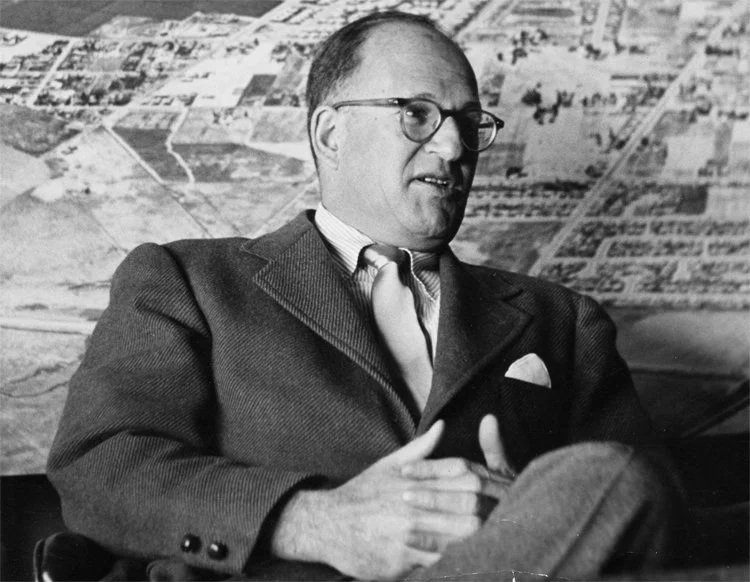The Eichler Influence: How Mid-Century Modern Design Continues to Shape Contemporary Home Trends
Mid-century modern design, known for its clean lines, organic forms, and seamless integration with nature, has captivated homeowners and designers for decades. Central to this enduring style is the legacy of Joseph Eichler, whose visionary homes have not only defined an era but continue to influence contemporary home trends. In this blog post, we explore how the Eichler influence persists in modern architecture, interior design, and lifestyle.
The Eichler Aesthetic: Then and Now
Joseph Eichler was not just a homebuilder; he was a pioneer of a movement that democratized design. In the 1950s and 1960s, he developed distinctive tract homes in California, characterized by their flat or low-sloping A-framed roofs, spacious open floor plans, and large windows that blurred the boundaries between indoor and outdoor living. Today, these elements are more than just nostalgic hallmarks; they are integral to what we consider contemporary and stylish living.
Blurring Indoor and Outdoor Spaces
One of Eichler’s signatures was the seamless flow between the inside and the outside of the home. This concept is increasingly relevant today as we seek a closer connection to nature in our living spaces. Modern homes often feature large glass doors and windows, extending living areas to outdoor spaces, much like Eichler's atriums and courtyards. This design not only brings in natural light and views but also promotes a lifestyle that embraces the tranquility and restorative qualities of nature.
Open Floor Plans: A Blueprint for Today
Eichler’s open floor plans were revolutionary at the time, breaking away from the compartmentalized rooms typical of earlier domestic architecture. Today, this preference for open, fluid living spaces remains a dominant trend in home design. The modern kitchen, which often opens up to the living and dining areas, echoes Eichler's idea of communal, integrated living spaces. This layout fosters a social environment where interaction and connectivity are part of the home's very fabric
Materials and Aesthetics: Simplicity and Functionality
Eichler's use of post-and-beam construction allowed for fewer load-bearing walls and thus, larger open spaces. The materials commonly used in Eichler homes, such as wood and stone, are still popular in modern homes for their natural, minimalist appeal. Similarly, mid-century modern furniture, famous for its simplicity, functionality, and timeless designs, continues to be a popular choice for contemporary interiors.
Sustainability: A Modern Consideration
While sustainability was not a buzzword in Eichler's time, his designs inherently incorporated elements that align with today's green building practices. The use of skylights, atriums, and large windows in Eichler homes maximizes natural light, reducing the need for artificial lighting. Today, these features are valued not only for their aesthetic but also for their role in creating energy-efficient, environmentally friendly homes.
Conclusion
Joseph Eichler's impact on modern American architecture is undeniable. His vision transcends time, influencing how we design, build, and think about our living spaces. The qualities that made Eichler homes revolutionary in the mid-20th century—openness, connection with nature, and minimalist aesthetics—are more than historical curiosities; they are blueprints for comfortable, sustainable, and modern living. As we continue to build and remodel our homes, the lessons from Eichler's legacy offer a timeless guide to creating spaces that are both beautiful and functional, proving that good design is indeed timeless.
Embracing Eichler’s principles can transform not just our homes but our lifestyles. For those interested in owning a piece of this timeless design, exploring Eichlerhomesforsale.com can be the first step towards a living space that is as aesthetically pleasing as it is functional. Contact the Boyenga Team for more insights into the world of mid-century modern architecture and design!



